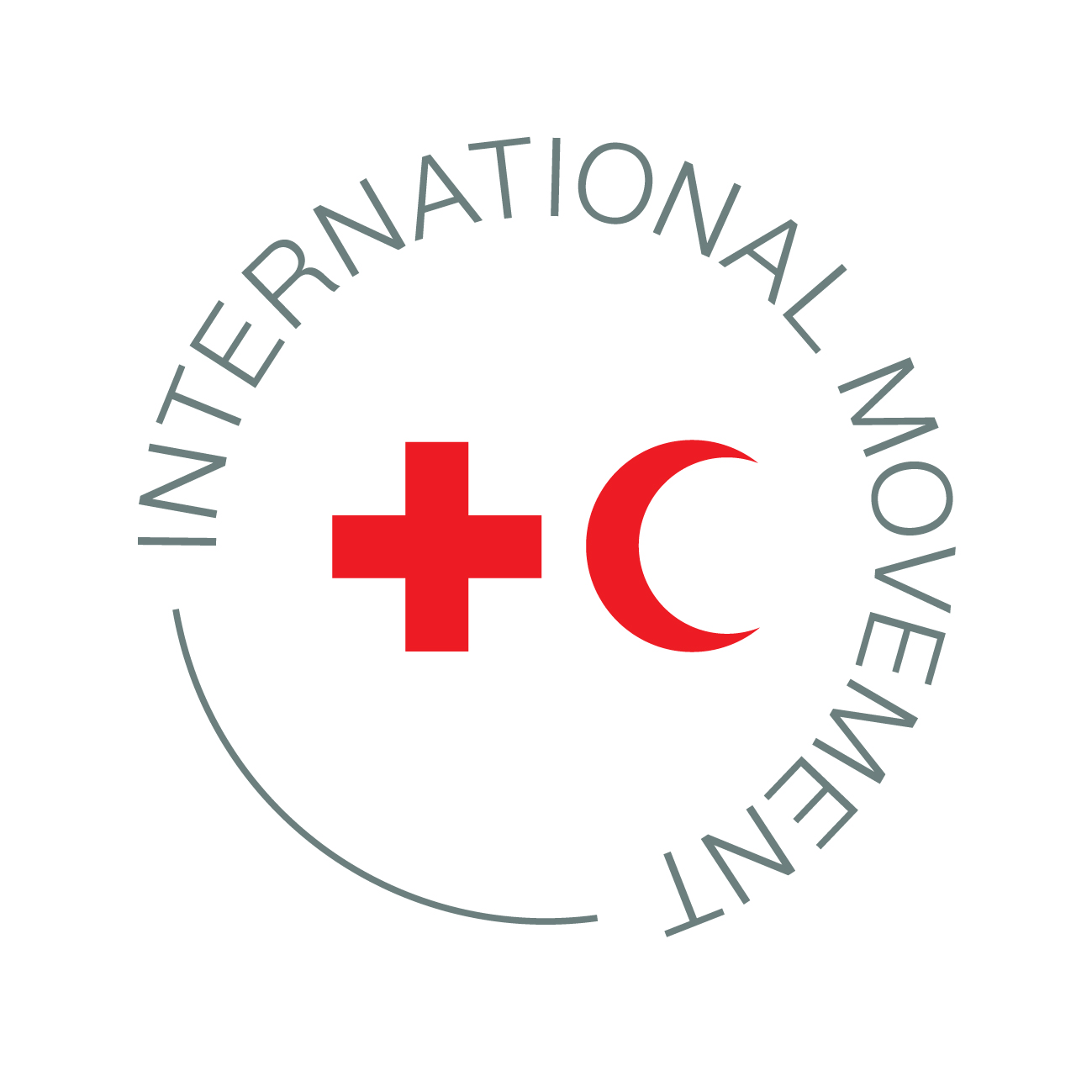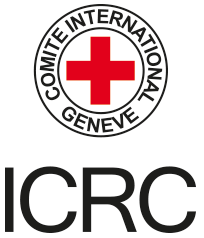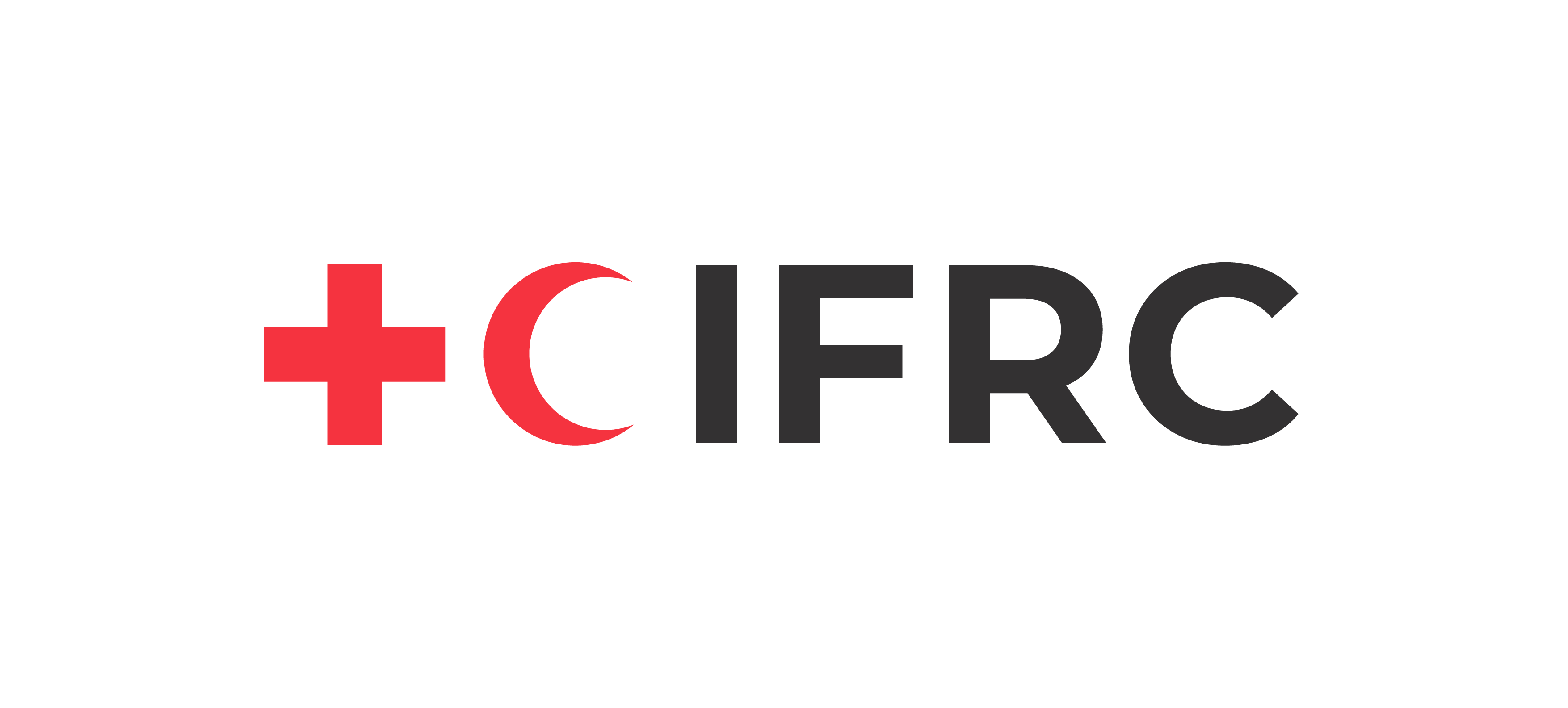International Red Cross Red Crescent Movement
 For more than 150 years, the International Red Cross and Red Crescent Movement (the Movement) has been driven by the power of humanity. From strengthening the resilience of at risk communities, to caring for the elderly, from treating the sick and the wounded, to helping migrants to reconnect with their loved ones, we work to prevent and alleviate human suffering wherever it may be found.
For more than 150 years, the International Red Cross and Red Crescent Movement (the Movement) has been driven by the power of humanity. From strengthening the resilience of at risk communities, to caring for the elderly, from treating the sick and the wounded, to helping migrants to reconnect with their loved ones, we work to prevent and alleviate human suffering wherever it may be found.
Our model of action – grounded in our Fundamental Principles, our community-based volunteers, our specific relationship with Governments in the humanitarian field, our proximity to the people we work with, and our global networks of solidarity – has brought protection and assistance to millions of people in times of difficulty and crisis.
The Movement is the world’s largest humanitarian network, gathering nearly 100 million members, volunteers and supporters in 191 National Societies. It has three main components:
The International Committee of the Red Cross (ICRC)
 The ICRC is an impartial, neutral and independent organisation whose exclusively humanitarian mission is to protect the lives and dignity of victims of war and internal violence and to provide them with assistance. It directs and coordinates the international relief activities conducted by the Movement in situations of conflict. It also endeavours to prevent suffering by promoting and strengthening humanitarian law and universal humanitarian principles.
The ICRC is an impartial, neutral and independent organisation whose exclusively humanitarian mission is to protect the lives and dignity of victims of war and internal violence and to provide them with assistance. It directs and coordinates the international relief activities conducted by the Movement in situations of conflict. It also endeavours to prevent suffering by promoting and strengthening humanitarian law and universal humanitarian principles.
Established in 1863, the ICRC is at the origin of the Movement, and is the “guardian” of the Geneva Conventions and their Additional Protocols, which protect those not taking part or no longer taking part in hostilities in the context of armed conflicts
The International Federation of Red Cross and Red Crescent Societies (IFRC)
 The IFRC is a global humanitarian organisation, which coordinates and directs international assistance following natural and man-made disasters in non-conflict situations. Its mission is to improve the lives of vulnerable people, working with National Societies in responding to catastrophes around the world. Its relief operations are combined with development work, including disaster preparedness programmes, health and care activities, and the promotion of humanitarian values. In particular, it supports programmes on risk reduction and fighting the spread of diseases, as well as working to combat discrimination and violence, and promote human rights and assistance for migrants.
The IFRC is a global humanitarian organisation, which coordinates and directs international assistance following natural and man-made disasters in non-conflict situations. Its mission is to improve the lives of vulnerable people, working with National Societies in responding to catastrophes around the world. Its relief operations are combined with development work, including disaster preparedness programmes, health and care activities, and the promotion of humanitarian values. In particular, it supports programmes on risk reduction and fighting the spread of diseases, as well as working to combat discrimination and violence, and promote human rights and assistance for migrants.
National Societies
There are 191 National Red Cross and Red Crescent Societies around the world, with more currently being formed. This unique network forms the backbone of the Movement. Each National Society is made up of volunteers and staff, who provide a wide variety of services, ranging from civil protection and assistance for the victims of war, to first aid training and restoring family links. National Society volunteers form part of the communities they serve, and are present before, during, and after disasters strike. National Societies also support the public authorities in their own countries as independent auxiliaries to the government in the humanitarian field. Learn more about the auxiliary role of National Societies.
The ICRC, the IFRC and the National Societies are independent bodies. Each has its own individual status and exercises no authority over the others.
Every four years, the different members of the Movement hold talks with representatives of the States party to the Geneva Conventions at the International Conference of the Red Cross and Red Crescent. The Conference is the Movement's highest deliberative body and offers an opportunity to examine cross-cutting priorities and challenges.
In addition, two other important meetings take place every two years: the General Assembly, which is made up of delegates from all member National Societies, and the Council of Delegates, which brings together National Societies, the IFRC and the ICRC. The assembly determines the general policies of the International Federation, while the council adopts resolutions on Movement action and advocacy.